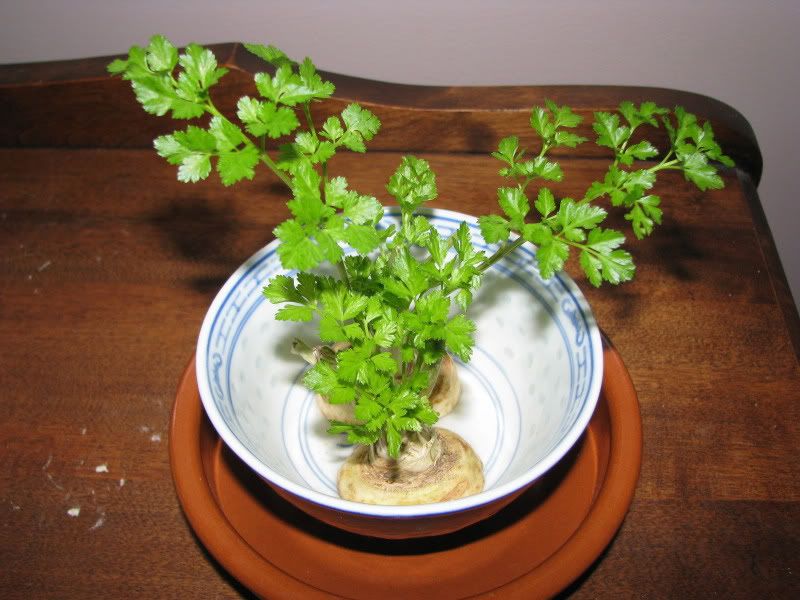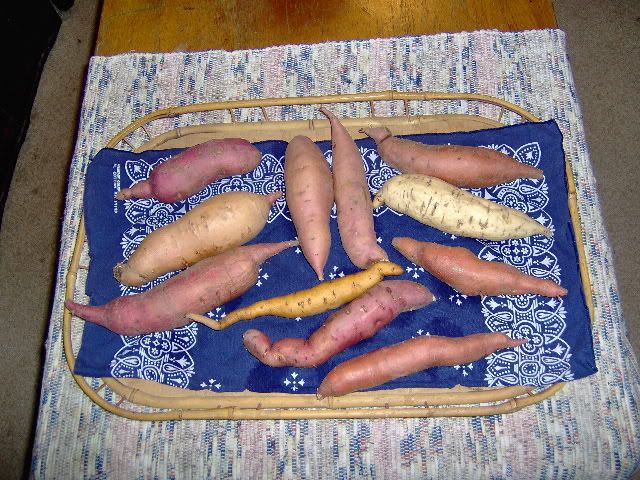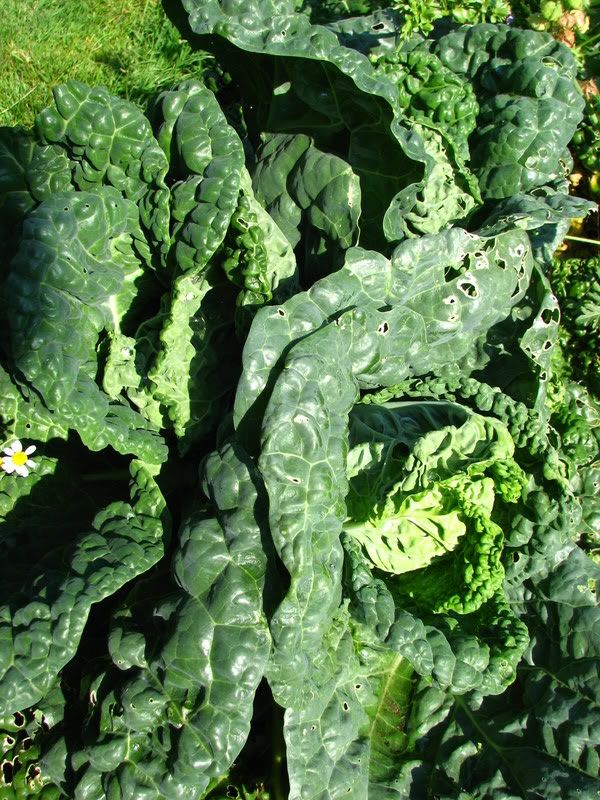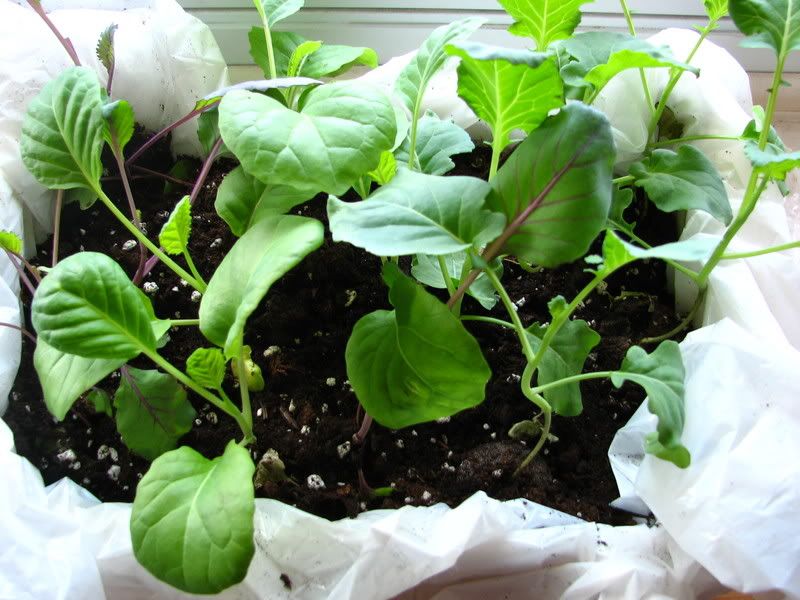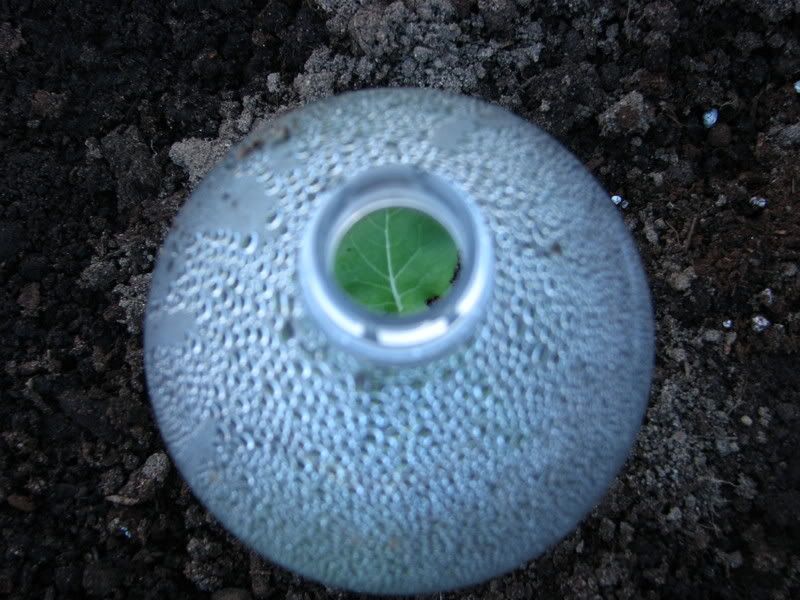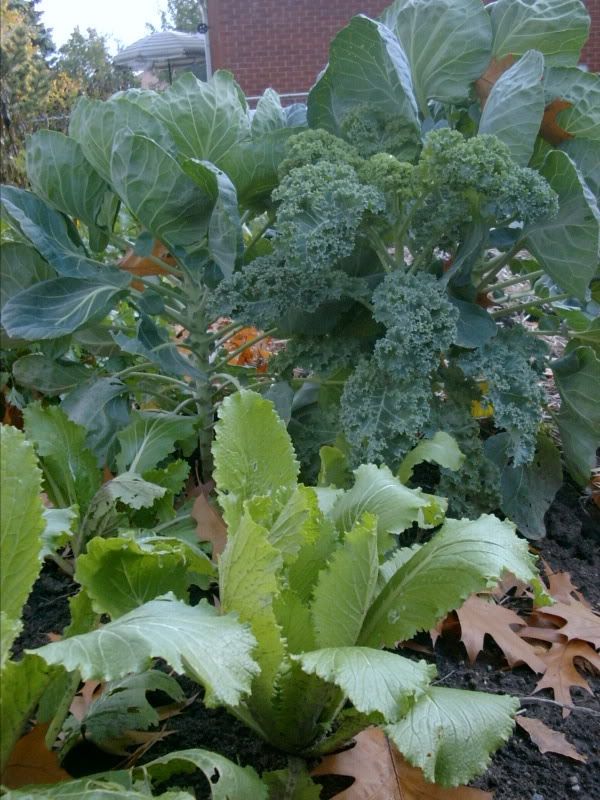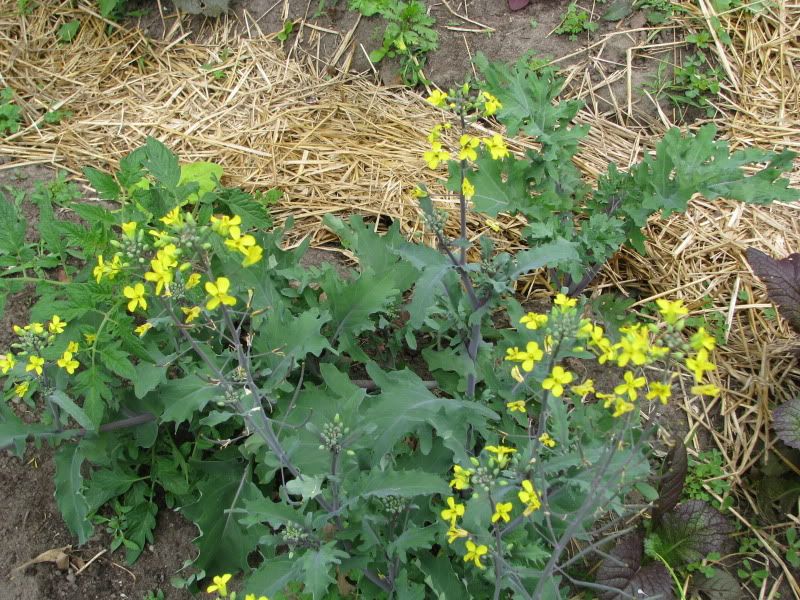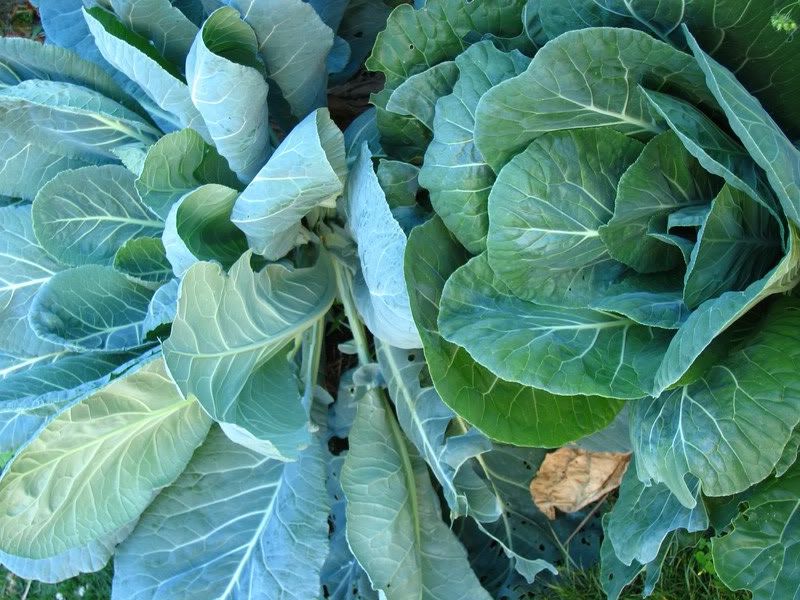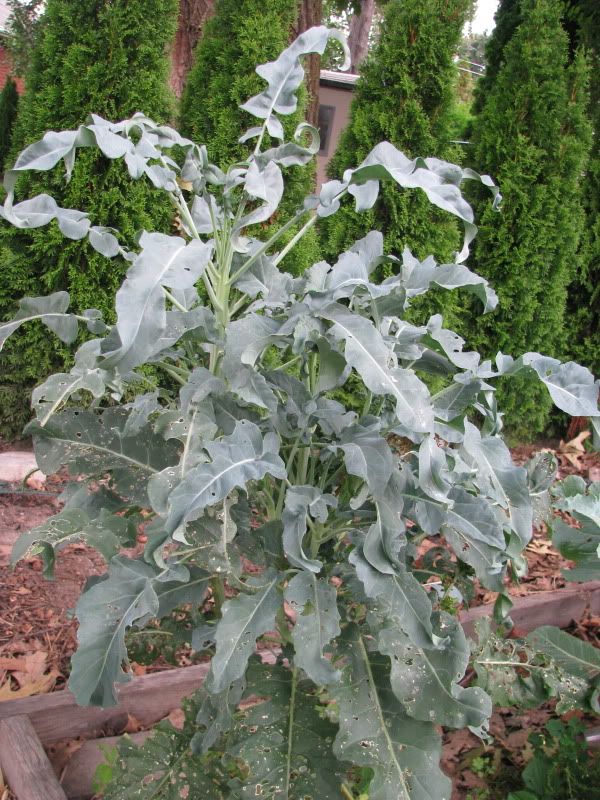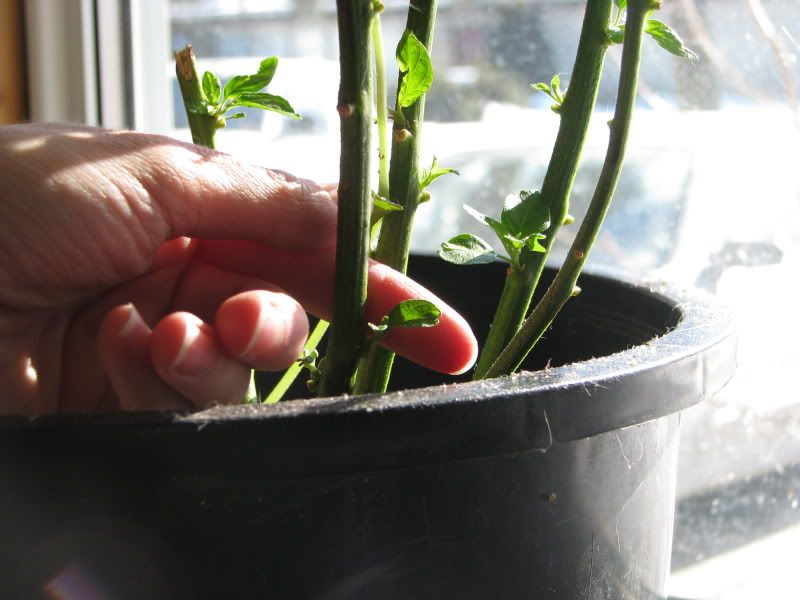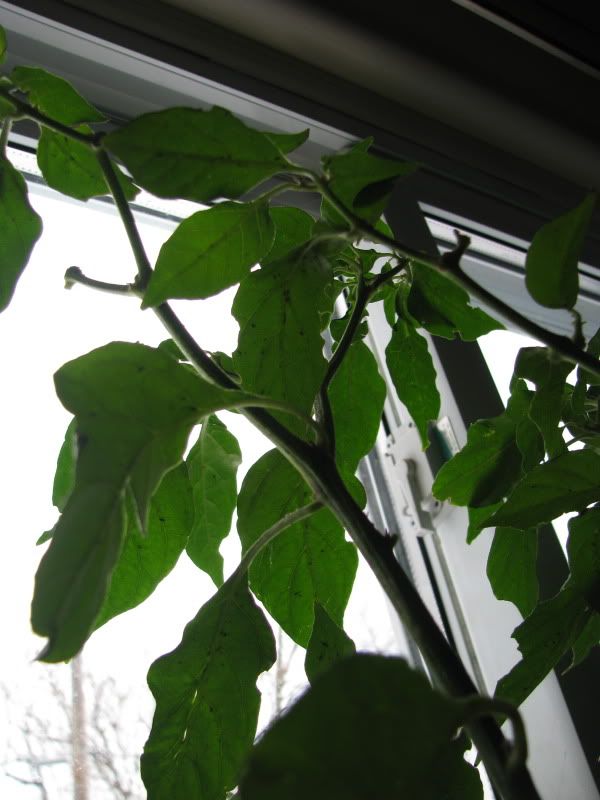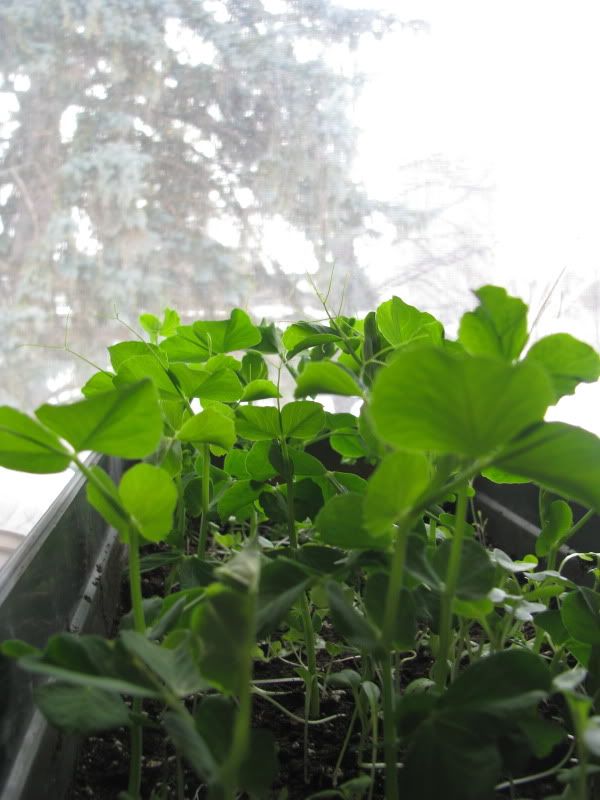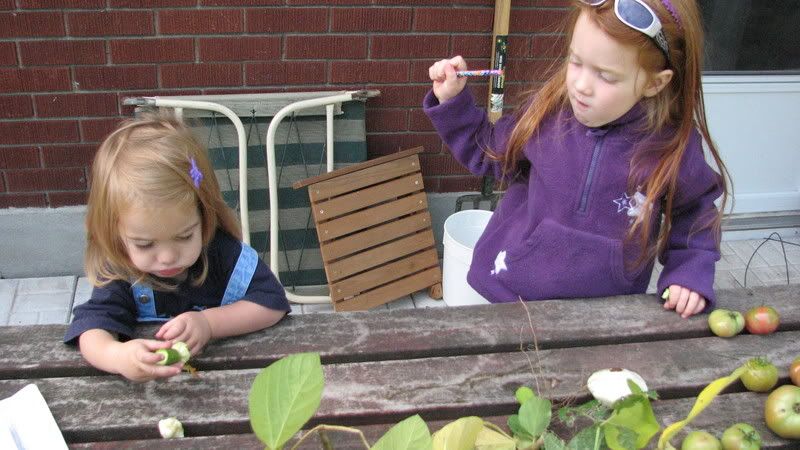I was impressed by Stephen's knowledge and love of all things edible from our very first internet meeting. If I ask a question about an obscure plant, I can bet that he will be amoung the first to respond. In fact, I can safely say that his garden in Norway is amoung the top that I would like to visit in the world.
This is the second interview in a series that I am doing with great gardeners and growers, including local seed and plant suppliers. For more, click the interview tag at the bottom.***
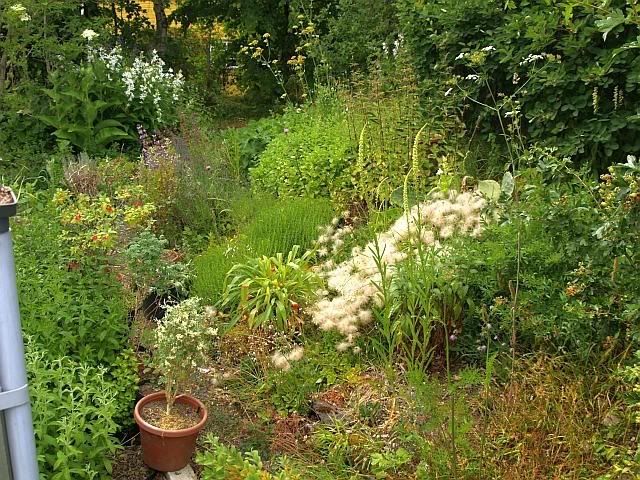 What brought you to gardening?
What brought you to gardening?Discounting the Strawberry patch I had in my parents’ garden and the fact that my Dad has always grown vegetables on a small scale, my interest really started developing when I was a student doing a one year Msc in Norwich, England. I got in with a crowd who were interested in green issues, started to eat wholefoods, bake bread, learn the names of birds and plants, that kind of thing. I then moved to Edinburgh in Scotland to study, became a vegetarian and, not having a garden, I started growing Basil in my office (still do that today!). I had a room in a flat, living in with my landlord. There was a small back garden and as he didn’t use it, I asked if I could grow a few vegetables. He agreed, but a few months later he suddenly announced that he was selling the house and I’d have to find somewhere else. Disaster! Well, it actually turned out fine as when the young lady who eventually bought it came round to view the flat, she was looking for a lodger and I was sold with the flat as live-in lodger/gardener…
I got in with a crowd who were interested in green issues, started to eat wholefoods, bake bread, learn the names of birds and plants, that kind of thing[...] became a vegetarian and, not having a garden, I started growing Basil in my office (still do that today!)

I cycled everywhere at that time (still do) and had a bicycle trailer, the Bike Hod, still available today almost 30-years on (
http://www.bikehod.com/). I used to get manure from a local farm with that! Then, I remember one Xmas I got on the train with my bike in Manchester heading back to Edinburgh with another young guy, Dave du Feu, who was and still is leading the Edinburgh Cycle Campaign (Spokes), one of my heroes. We chatted all the way back to Edinburgh and it turned out that he knew my girlfriend. He introduced me to organic raised bed gardening, a method of intensive vegetable production and he also told me about HDRA (Henry Doubleday Research Association), the leading UK organic gardening association and, in particular, founder Lawrence Hills (
http://en.wikipedia.org/wiki/Lawrence_D._Hills). I became fascinated by Hills and visited HDRA’s research grounds at Bocking in Essex, where I met the great man briefly.
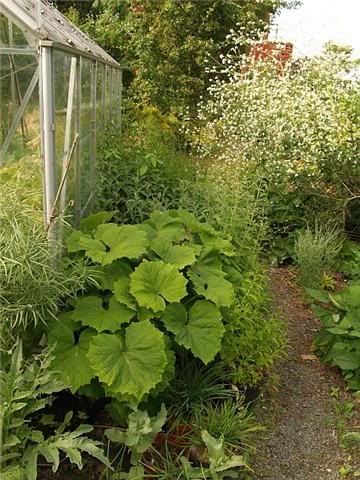
Whilst in Edinburgh, I also got involved in a group called FROG (Forth Region Outwork Group), a group that did voluntary work on nature reserves throughout Scotland at weekends. I learnt a lot on those trips, particularly about wild plants.
Then, in 1981, I started looking for jobs. Maggie Thatcher had arrived and was cutting research posts in my area (oceanography) and the only jobs around were related to feasibility studies for dumping of radioactive waste in the deep ocean. As someone who had taken part in protest marches against a planned nuclear power station not far from Edinburgh, this kind of career wasn’t really for me. My Head of Department had been to Norway and suggested I applied there. Thought that would be fun for a couple of years. Two weeks later I had a job in Trondheim and I’m still here and still in the same job.
Vegetarianism was very much a small underground movement [in Norway][...] Supermarkets carried very few vegetables at that time - cabbage, carrots and a couple of others. Therefore, it was a matter of survival to grow-my-own.
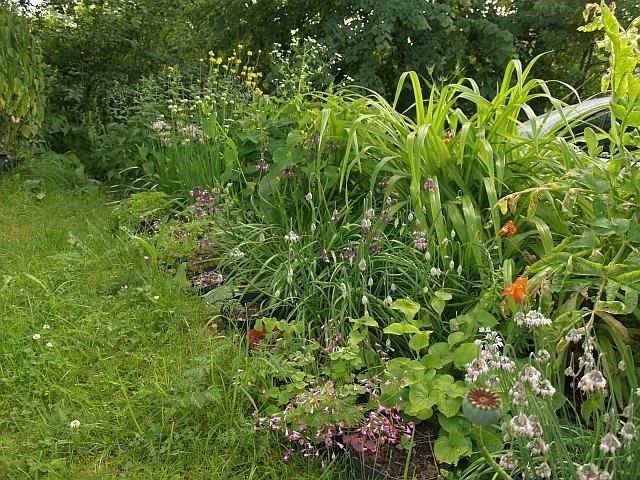
However, it was very different here in Norway to the UK at that time. Vegetarianism was very much a very small underground movement whereas just across the North Sea there were already over 1 million vegetarians. Supermarkets also carried very few vegetables at that time – cabbage, carrots and a couple of others. Therefore, it was a matter of survival to grow-my-own. We rented a flat to start with, the main criteria being that there should be a garden that we could use. It wasn’t easy, but we finally found a fantastic place – a flat in a large log cabin style house set in several acres of ground and I could use as much land as I wanted and there were fruit bushes (redcurrants and blackcurrants)and plum trees which we could help ourselves to! This was paradise…. However, we only stayed there for a couple of years until we bought our own place, but I left my mark as Lawrence Hills’ Bocking 12 Comfrey plants survive to this day!
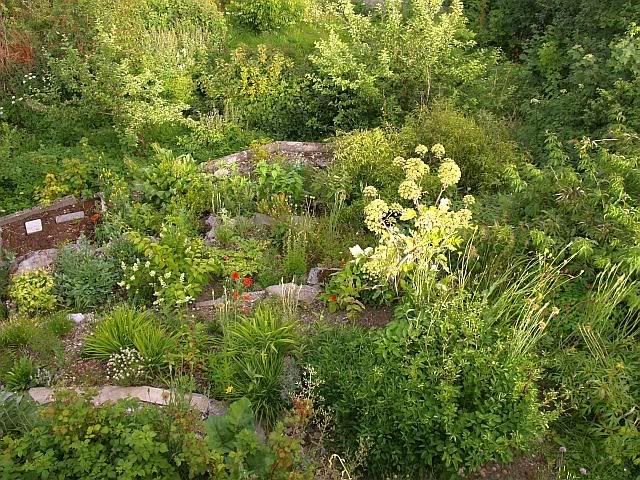
I soon discovered the newly started local group of the Norwegian Useful Plants Society (the over 100-year old Nyttevekstforeningen). That first spring, I joined the group’s annual spring foraging excursion. The trips were organised along the shoreline, where the largest plant diversity is to be found. The foraging was expertly lead by co-founder of the local group, Jan Erik Kofoed. The best of both the local land plants were demonstrated and Jan Erik also took a very cold dip into the fjord to retrieve a selection of the best edible seaweeds.
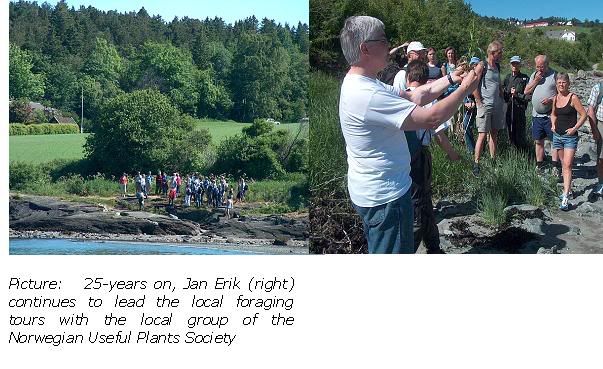
Another inspiration, in the mid-1980s, was when Roger Phillips’ book “Wild Food “ was published. At the end of the 1980s, I began to collect some of the local wild edibles and planted them in a bed in my garden. About the same time, I obtained a copy of ”Sturtevant’s Edible Plants of the World” through the Abundant Seed Foundation in the USA. This book was first published in 1919 and it can now be downloaded free from the Internet at
http://www.swsbm.com/Ephemera/Sturtevants_Edible_Plants.pdf. It has notes on 3,000 different edible species from the whole world (NB! Some are no longer recommended as edible, so don’t use this work blindly!). To my surprise, many of the species were perennial plants commonly cultivated in Norwegian gardens. This sparked my interest in perennial vegetables in particular and having collectomania in my genes, the edible garden evolved with currently about 2,000 different edibles, mostly perennials.
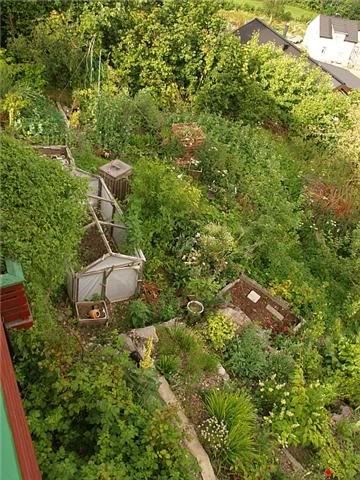 Bird's eye view of his garden.
Bird's eye view of his garden.[...] having collectomania in my genes, the edible garden evolved with currently about 2,000 different edibles, mostly perennials.
If you were to give me a tour of your garden, where would we start and what would I see?It depends on what length of tour you’d have time for! It’s the ethnobotanical side of my plants which I find particularly interesting – plants that tell stories – let’s give some examples; The Welsh onion (Allium fistulosum) – in Norway, we have a variety that has adapted to life on old turf roofs over hundreds of years, a place free from grazing animals and useful also as the succulent leaves protect against fire; we have Scandinavia’s oldest Garlic which is the best variety in my climate, found naturalized in the garden of a lady (after her death) who had taken it from Russia almost 100-years ago now; we have the Victory Onion, Allium victorialis, naturalized in the Lofoten Islands in Northern Norway and perhaps escaped in the past from the “onion gardens” which the Vikings are known to have maintained; the story of the Catawissa onion (as discussed on Homegrown Goodness); the Bly Orach (Atriplex hortensis) taken from Norway and maintained by a family in the US over 3 generations, last winter returned safely to Norway. With 2,000 varieties and a story/anecdote connected to the vast majority, you should probably set aside a couple of days for your tour. Just the record salad I put together in 2003 with 538 different edible plants from the garden took me a couple of days to put together….
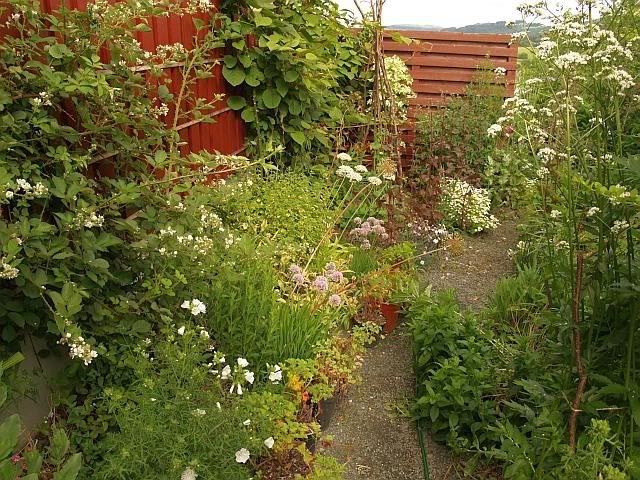
You will see a mixture of conventional raised beds used for conventional vegetables and many “chaos beds” with a random selection of mainly perennial vegetables.
What is your current area(s) of interest right now?
My main interest nowadays is Permaveggies/Edimentals - permanent or perennial vegetables, most of which are actually unimproved wild plants.
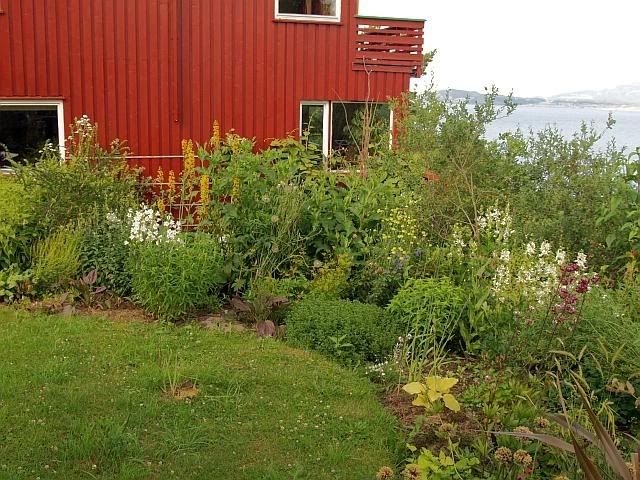
My main interest nowadays is Permaveggies/Edimentals – permanent or perennial vegetables, most of which are actually unimproved wild plants. Despite this, many of them are surprisingly productive and tasty too. I have been trialling as many hardy species as I can get my hands on for some years now and this of course also involves trying out authentic recipes from their native countries – like Hosta sushi. Still it’s difficult to get hold of many of the species, particularly those that are not in cultivation as they aren’t ornamental enough. I maintain a list of wants from different parts of the world. This winter I’m trying in particular to get hold of various wild Japanese edibles (the general term for such plants is Sansai there, just means Wild Mountain Vegetables – Hosta is one of these). To do this I produce my own seed list for trading purposes
(Link 4), I’m a member of various societies such as the North American Rock Garden Society (NARGS), Alpine Garden Society (AGS) and the Scottish Rock Garden Club (SRGC), and also hang out on various Internet fora such as Homegrown Goodness and the SRGC forum, the latter the best Internet forum for gardeners interested in wild species.
 New perennials for this year
New perennials for this yearI currently run the Norwegian Seed Savers, so I’m also interested in traditional Norwegian vegetables and this has lead to 3 projects I’m carrying out for the Norwegian and Nordic Seed Banks (both of which have a hand in the “Doomsday Vault” on the Norwegian arctic island Svalbard). These projects aim to collect old perennial onions and asparagus from around the country. I’ve also collected about 10 seed accessions of Hablitzia tamnoides (see Link 1 below) from the Nordic countries and we are seeing that there is quite some variability in the collected material and wild collected plants from the Caucasus. Next year, we will start planting the 100 or so Allium accessions (currently overwintring in my garden) at the botanic garden in Trondheim. This material will be grown out and compared, before establishing a permanent collection.
 What do you see as the most important trend in edible gardening right now?
What do you see as the most important trend in edible gardening right now?[...]Edible and ornamental gardening do not need to be two separate types of gardening and I hope to see that these edimentals grow in importance as food plants - some of them outyield conventional vegetables as wild plants!
The most important trend I’m seeing is the general increasing interest for growing vegetables. Over the last 20-years ornamental gardening has been at the forefront, but interest in growing vegetables is again rising in Europe and the biggest gardening association in the UK, the RHS (Royal Horticultural Society), has stated that for the first time in many years vegetable growing is back on top (but not yet in Norway). But, edible and ornamental gardening do not need to be two separate types of gardening and I hope to see that these edimentals grow in importance as food plants – some of them outyield conventional vegetables as wild plants! The Permaculture and Slow Food movements are to me important grass root phenomena currently on the increase and permanent vegetables will I think play a role in both, initially on a small scale in private gardens. It’s interesting to note that many of these permaveggies, which as I’ve said are essentially wild foraged, are also becoming more popular in the countries where they grow wild (e.g., Japan and Korea) as part of a back-to-nature movement and realization that wild food is more healthy. In fact, demand has increased so much that some of these plants are now cultivated and a few cultivars now exist. A lot of interesting work for someone interested in selecting perennial vegetables, but it’s a long job…
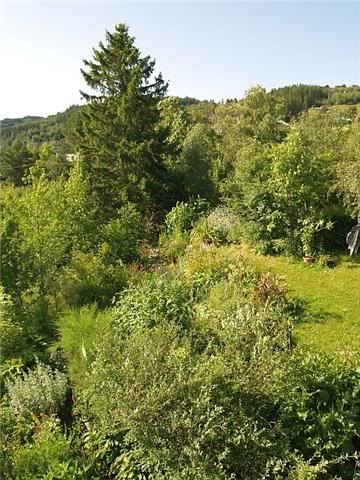 Links of articles by Stephen Barstow
Links of articles by Stephen Barstow
1. Hablitzia article in Permaculture Magazine
2.Hosta Article on Homegrown Goodness
3.
Record Salad4.
Stephen's" Seed and Plant Trade Lists
